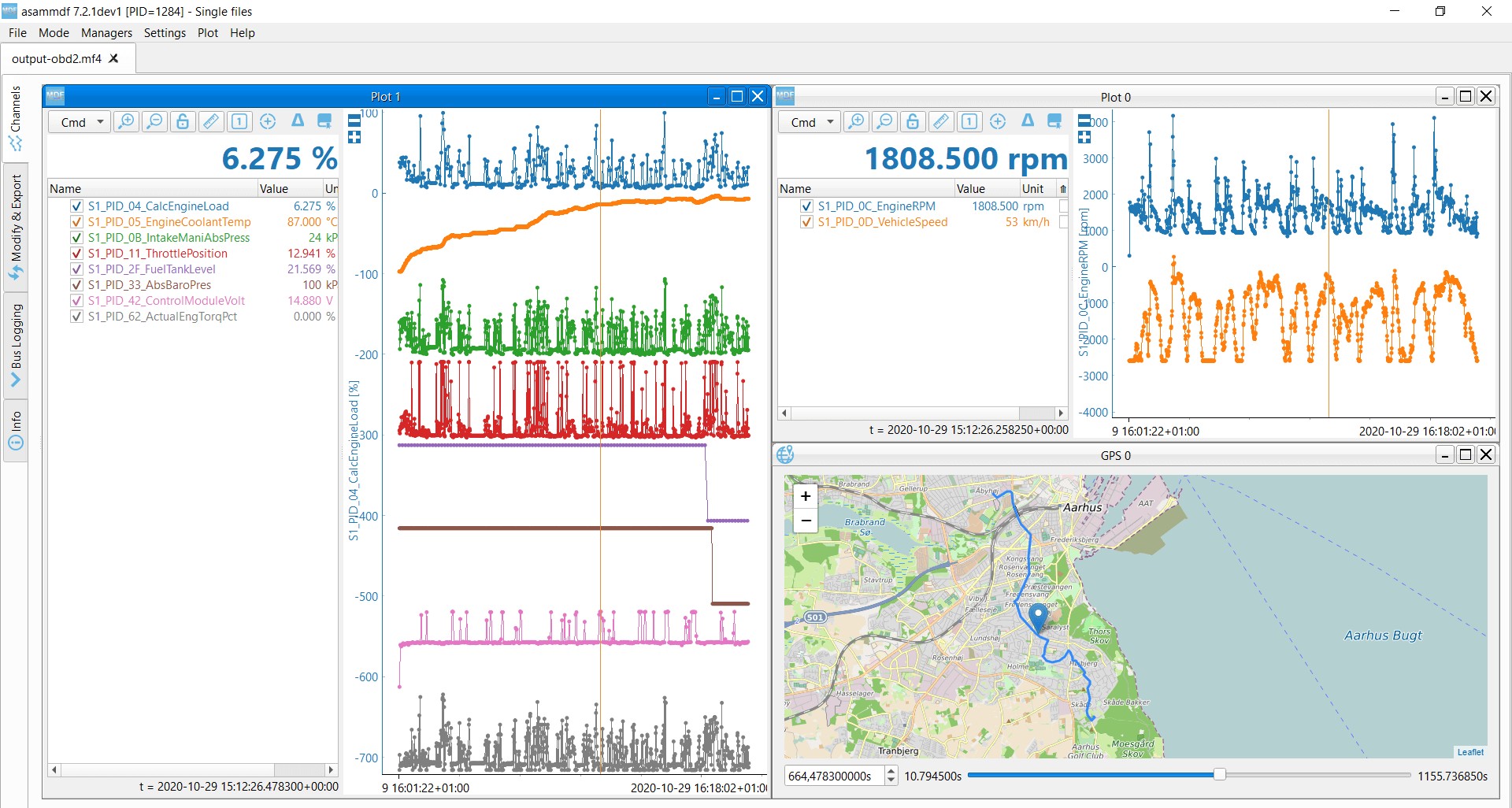Understanding how to communicate with your vehicle’s onboard computer system is crucial for diagnostics and maintenance. This comprehensive guide delves into the intricacies of the Obd2 Programming Language, covering its history, standards, and practical applications. We’ll explore how OBD2 data is structured, transmitted, and interpreted, providing you with the knowledge to effectively utilize this powerful diagnostic tool.
What is OBD2?
OBD2, or On-Board Diagnostics version 2, is a standardized system that allows external devices to access diagnostic data from a vehicle’s electronic control units (ECUs). This data includes diagnostic trouble codes (DTCs), real-time sensor readings, and other vital information for understanding vehicle performance and health. Think of the “check engine” light – OBD2 is the system that triggers this warning and provides the codes to diagnose the issue.
OBD2 Standards and Protocols: The Foundation of Vehicle Communication
OBD2 relies on several key standards to ensure consistent and reliable communication.
The OBD2 Connector: Your Gateway to Vehicle Data
The OBD2 connector, a 16-pin port typically located near the steering wheel, is the physical interface for accessing vehicle data. Standardized by SAE J1962, this connector provides power and establishes communication lines with the vehicle’s network.
OBD2 and CAN Bus: The Language of Modern Vehicles
Most modern vehicles utilize the Controller Area Network (CAN) bus as the underlying communication protocol for OBD2. ISO 15765-4 defines how OBD2 messages are structured and transmitted over CAN, specifying parameters like bit rates and CAN identifiers.
OBD2 Diagnostic Messages: Modes and PIDs
OBD2 communication relies on a specific message structure defined by SAE J1979 and ISO 15031-5. These messages consist of:
- Modes: Represent different diagnostic services (e.g., Mode 0x01 for real-time data).
- Parameter IDs (PIDs): Specify the specific data parameter being requested (e.g., vehicle speed, engine RPM). Each mode has a unique set of PIDs.
Practical Applications of OBD2 Programming
Data Logging and Decoding: Unlocking Vehicle Insights
OBD2 data loggers, like the CANedge, can capture raw OBD2 data for analysis. This data can then be decoded using DBC files, which contain the necessary information to translate raw data into meaningful values.
 OBD2 data decoded visual plot asammdf CAN bus DBC file
OBD2 data decoded visual plot asammdf CAN bus DBC file
Real-time Diagnostics: Identifying Issues on the Fly
OBD2 interfaces enable real-time streaming of diagnostic data, allowing mechanics and enthusiasts to monitor vehicle performance and quickly diagnose problems.
The Future of OBD2: Evolving Standards and Challenges
OBD2 continues to evolve, with new standards like WWH-OBD and OBDonUDS emerging to address limitations and enhance functionality. The rise of electric vehicles and connected car technologies presents both opportunities and challenges for the future of OBD2.
Conclusion
Mastering the OBD2 programming language opens up a world of possibilities for vehicle diagnostics, maintenance, and performance tuning. By understanding the underlying standards, protocols, and message structures, you can effectively leverage the power of OBD2 to gain valuable insights into your vehicle’s operation.